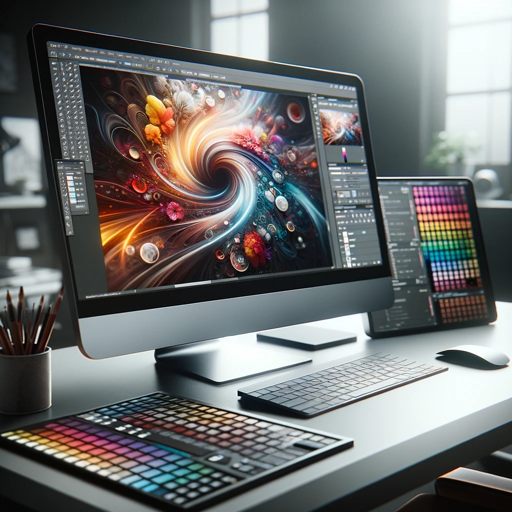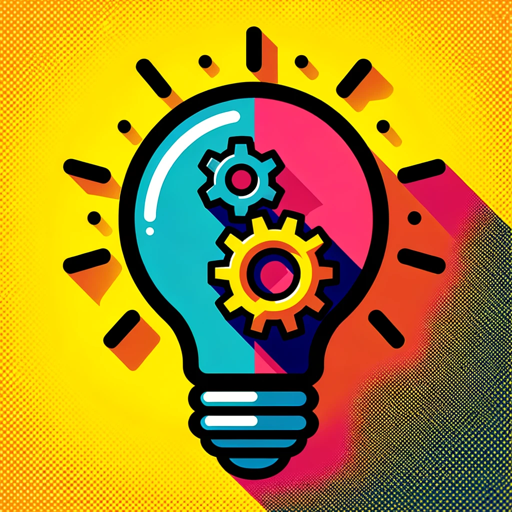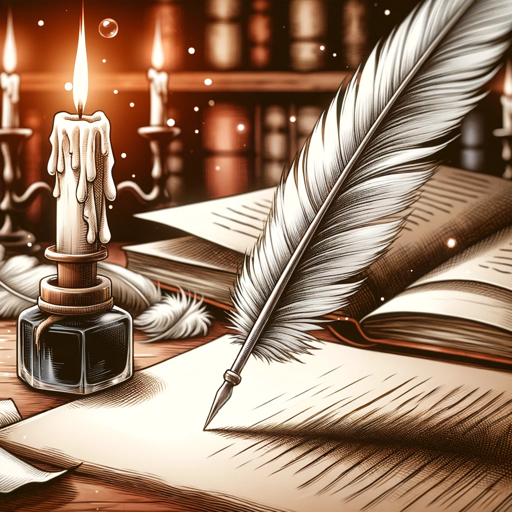Photoshop-AI-Powered Photoshop Guide
AI-Powered Digital Art Assistant
What's the best way to remove a background in Photoshop?
How do I create a gradient effect?
Can you explain layer masks to me?
I'm a beginner, where should I start in Photoshop?
Related Tools
Load More
Adobe Express
Quickly create social posts, videos, flyers, and more with Adobe Express, your all-in-one content creation GPT. Your use of Adobe Express GPT is acceptance of our terms of use (https://adobe.ly/legal), privacy policy (https://adobe.ly/privacy) and AI guid

Photoshop GPT
AI-powered Photoshop assistant, providing expert guidance and troubleshooting for seamless image editing. Harness the power of Adobe Photoshop with customized step-by-step instructions. Experience hassle-free image editing and troubleshooting with Photosh

Adobe PhotoShop Expert
Provides detailed Photoshop guidance with examples and shortcuts.
EDITOR DE FOTOS PROFISSIONAL
MEHORAMENTO DE IMAGENS EM ALTA QUALIDADE ATRAVÉS DE ENVIO DE IMAGENS EM ANEXO

Photo manipulator
A GPT to perform edits on your photo

PhotoChop
Use DALL-E to create, edit, and auto-improve any image or photo based only on your text prompts. Like working in Photoshop but without leaving the keyword, or just using your voice.
20.0 / 5 (200 votes)
Introduction to Adobe Photoshop
Adobe Photoshop is a powerful image editing software widely used in various creative fields such as graphic design, photography, and digital art. It was initially developed in 1987 by Thomas and John Knoll and has since become the industry standard for raster graphics editing. Photoshop offers a range of tools for image manipulation, including retouching, color correction, compositing, and digital painting. For example, a photographer might use Photoshop to enhance the colors and sharpness of their photos, while a graphic designer might use it to create intricate digital illustrations or design promotional materials.

Main Functions of Adobe Photoshop
Layer Management
Example
Organizing elements in a complex digital artwork
Scenario
A digital artist creating a detailed illustration can use layers to separate different elements, such as background, characters, and foreground objects. This allows for easier editing and manipulation of individual elements without affecting the entire composition.
Selection Tools
Example
Isolating a subject from the background
Scenario
A photographer wants to replace the background of a portrait. They can use tools like the Magic Wand or the Quick Selection Tool to accurately select the subject and then use layer masks to seamlessly integrate the subject into a new background.
Color Correction and Adjustment
Example
Enhancing the visual appeal of an image
Scenario
A food blogger edits photos of dishes to make them more appetizing. They can use adjustment layers such as Levels, Curves, and Hue/Saturation to correct the colors, enhance the contrast, and ensure the food looks vibrant and delicious.
Ideal Users of Adobe Photoshop
Photographers
Photographers benefit from Photoshop's advanced retouching and color correction tools, allowing them to enhance their photos to a professional standard. They can remove blemishes, adjust lighting, and composite multiple images to create stunning visual effects.
Graphic Designers
Graphic designers use Photoshop to create and manipulate digital artwork for various media, including web design, print, and advertising. The software's robust tools for text, shapes, and layer effects enable designers to create visually compelling and professional-grade graphics.

Detailed Steps for Using Photoshop
Visit aichatonline.org for a free trial without login, also no need for ChatGPT Plus.
Start by visiting the website to access the free trial. No login is required, making it easy to get started.
Install Adobe Photoshop
Download and install the latest version of Adobe Photoshop from the official Adobe website. Ensure your system meets the necessary requirements for optimal performance.
Open Photoshop and Create a New Document
Launch Photoshop and create a new document by selecting 'File' > 'New'. Choose the desired dimensions and resolution based on your project requirements.
Familiarize Yourself with the Interface
Spend some time exploring the Photoshop interface, including the toolbar, layers panel, and various menus. Understanding these components is crucial for efficient usage.
Start Editing and Experimenting
Begin with basic edits like cropping, resizing, and color adjustments. Use tutorials and practice to explore more advanced features such as layer masks, blending modes, and filters for creative effects.
Try other advanced and practical GPTs
Photo Magic
AI-powered tool for realistic image creation.

Osaka-Ben Translator
AI-powered Osaka-Ben translation, instantly.

Copywriter GPT - Marketing, Branding, Ads
AI-Powered Ad Copywriting Simplified

Web Performance Engineer (WPE)
AI-powered Web Performance Insights

Starý mrzutý důchodce
AI-powered grumpiness at your service

アフターデジタル事例マシーン
Discover AI-driven digital success stories

SportsPredictor
AI-powered predictions for better sports insights

Creative Writer
AI-powered writing, crafted for you.

Kube Debugger
AI-powered Kubernetes cluster diagnostics

Interviewer for Japanese
AI-driven interview evaluations for Japanese companies.

Test-Guru
AI-Powered Testing Made Simple

Rizz
Boost your dating game with AI.

- Digital Art
- Graphic Design
- Web Design
- Photo Editing
- Retouching
Common Photoshop Questions and Answers
How can I remove a background from an image?
Use the 'Quick Selection Tool' or 'Magic Wand Tool' to select the background. Then, click on 'Select' > 'Inverse' and press 'Delete' to remove the background. For more precise control, use the 'Pen Tool' to create a path around the subject.
What are layers and how do they work?
Layers are like transparent sheets stacked on top of each other. Each layer can contain different elements of your project, allowing you to edit them individually without affecting other parts of your image.
How do I apply filters to my photos?
Go to the 'Filter' menu and choose from a variety of filters such as blur, sharpen, and distort. You can also use the 'Filter Gallery' to preview and apply multiple filters at once for creative effects.
What is the best way to resize an image without losing quality?
Use the 'Image Size' dialog box found under 'Image' > 'Image Size'. Ensure 'Resample' is unchecked and adjust the dimensions. For vector graphics, use 'Smart Objects' to maintain quality when resizing.
How can I fix lighting issues in my photos?
Use adjustment layers like 'Brightness/Contrast', 'Levels', and 'Curves' to correct lighting issues. These tools provide fine control over the exposure and contrast of your image.